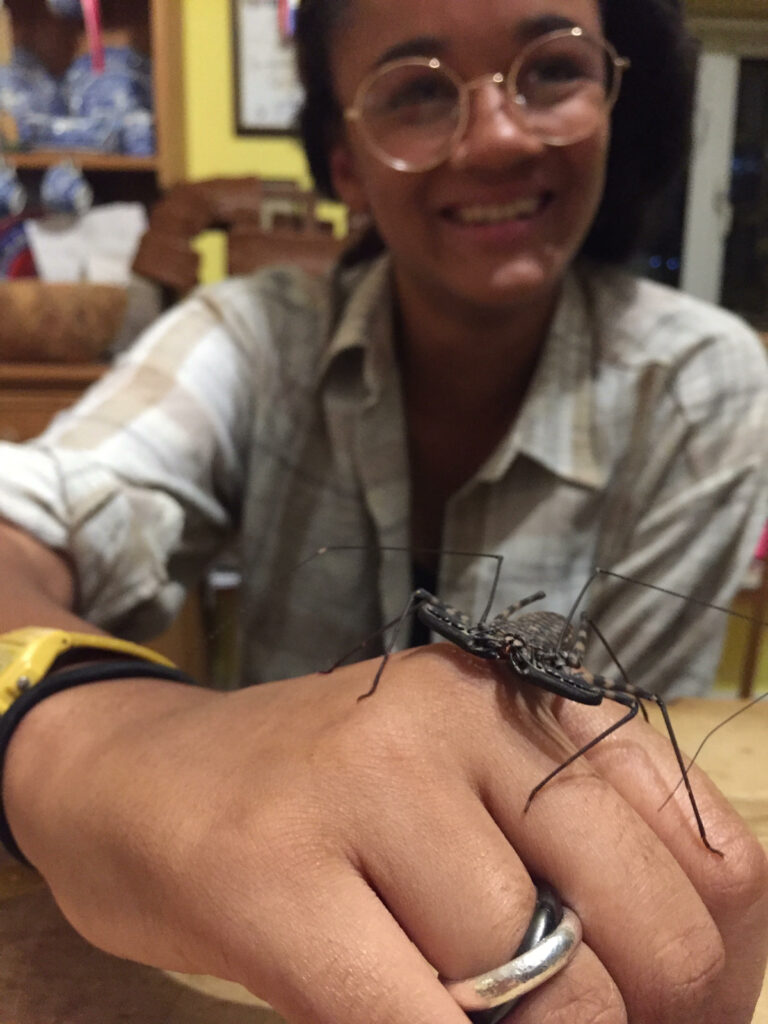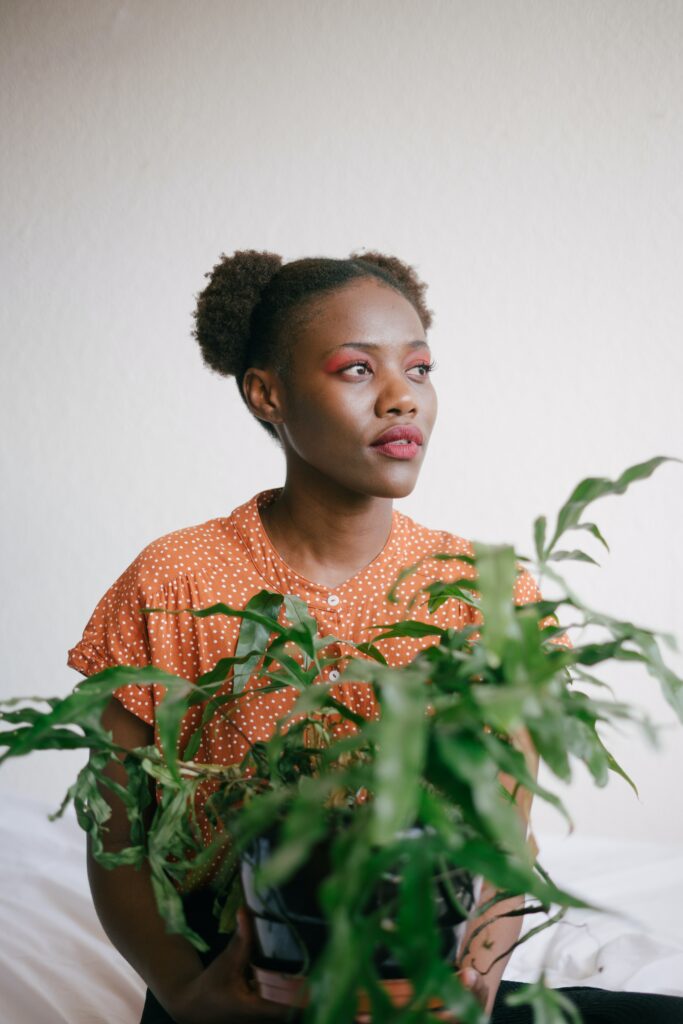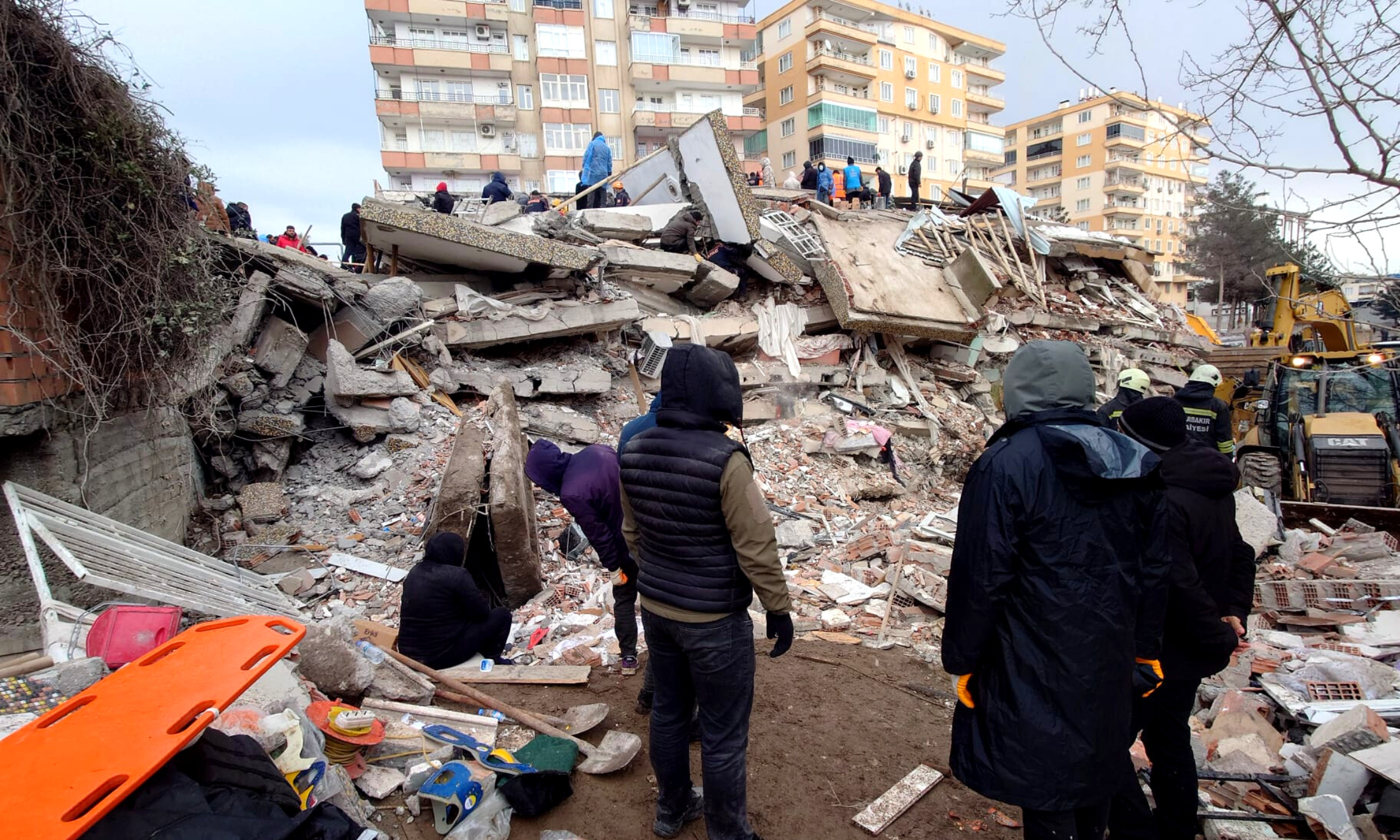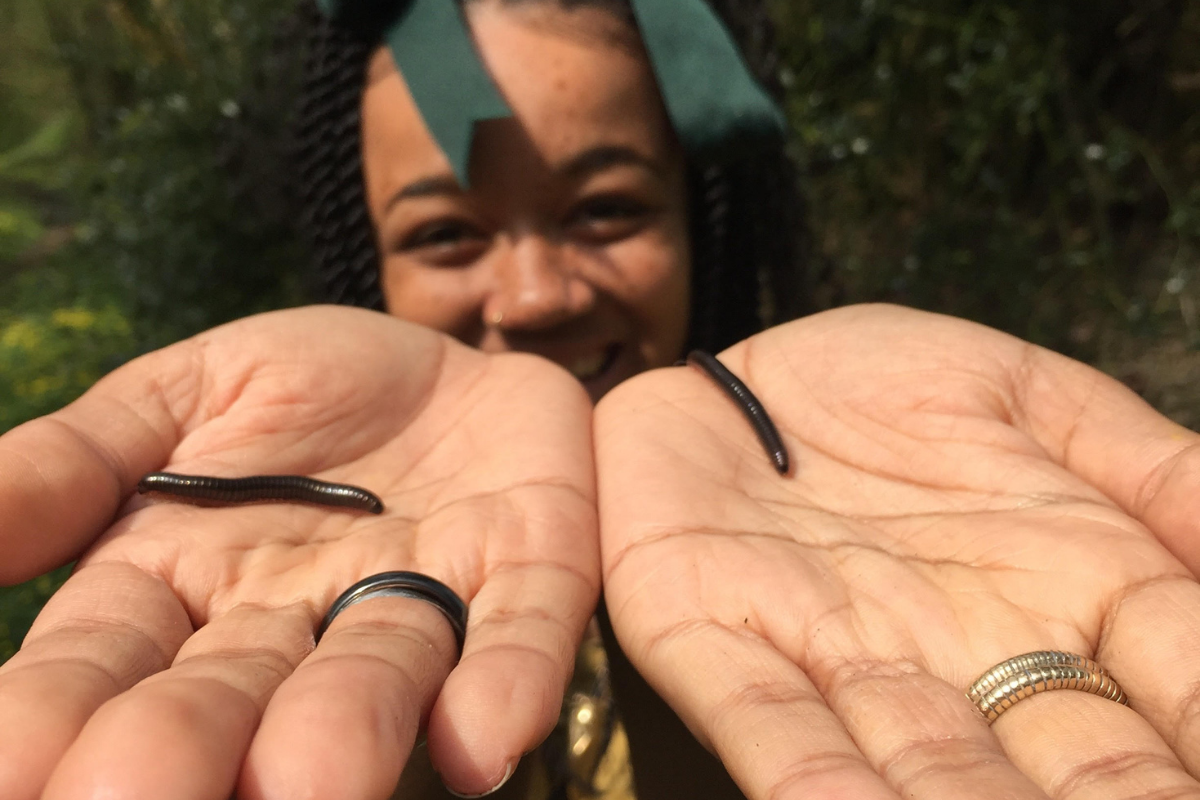
photography by Coral Richards
7 ways to keep nature in your life long after lockdown
As the UK begins to open up, here are 7 ways to keep the nature we enjoyed over the last year a staple in your life.
Coral Wylie
06 Jun 2021
In a year when our worlds were moved indoors, a brief time out in nature was a much-needed respite we clung to. Because of that, scores of us have been invigorated by the countless possibilities the green life around us offers. I, and other wildlife educators, have found our inboxes flooded with (absolutely delightful) questions about identifying every type of creature, from birds to beetles. My daily walks have seen the creation of BPOC foraging WhatsApp groups, encouraging us to learn more about the plants we trod through. Even on the glaring screen of a Zoom call, I pointed out to my friends that I had them all cooing over a snail – something that would have never happened a year ago.
It all feels like being a kid again, finding new, exciting joy from just peeking under a log. As the return to ‘normality’ is pushed upon us, let’s not forget the life in the hedgerows we’ve gotten to know. Let’s truly take this year’s newfound knowledge, and live a life hand in hand with nature, bugs and all.
Find your local nature reserve
While a lot of nature reserves may not look like much from the outside, step inside and you’ll be enclosed in a multitude of new worlds. Even in big cities, green pockets are tucked away closer than you might think. Two London local favourites for me are Gunnersbury Triangle and Leg O’ Mutton; one, a woodland hidden away amongst the district line curves, the other a scruffy wetland stretching the edge of the Thames. They’re just a 20-minute cycle apart but vastly different. If you’re looking to get involved even further, nature reserves are kept alive predominantly through the hard work of volunteers and are almost always looking for help. Checking your local nature reserve’s website can give you contact information for how to help.
If nature reserves are not accessible to you, visit your local park
Thanks to pushes from conservationists and a growing public interest in nature, parks are getting more involved with encouraging the local wildlife they once tried so desperately to keep out. You may have noticed your local green space looking a lot more lush and full of life in May. That’s because parks and green spaces across the country have been taking part in ‘No Mow May‘ – in an effort to support insect and critter life by leaving grasses and wildflowers unmown throughout the month. In London, spaces like the Royal Parks have signed up to programmes like Mission Invertebrate, a project aiming to enrich invertebrate wildlife, which will in turn support all other life that relies so heavily on them. They run walks, talks and workshops for all ages.
Look down!
It may be tempting to go out immediately looking for the biggest deer in Charlecote Park, or the tallest tree in your local woods, but our most important and diverse life is found down on the ground below you! The plant and invertebrate life are the foundation for every other living thing you encounter – and they’re just as fantastic. You’d be hard-pressed finding a petrol blue and red buzzard, but running across your front wall is a ruby-tailed wasp wearing those exact colours. Red deer stags are impressive, but we have stag beetles, one of the greatest beetles in the world, in our own back garden! Look down! On the path, under logs, wherever you can, there are unseen worlds all around us.
Join a foraging group
One of the best ways to really get waist-deep in nature is to learn how to survive off it. Foraging skills we should know that have been long lost are easier to learn now than ever, with BPOC foraging chats popping up on WhatsApp and practitioners sharing knowledge online (although do not eat any suspicious looking mushrooms without professional go-ahead). Our daily walks are so much more rewarding when you know the plants you’re ambling through. Just remember to leave more than you take, and never collect from protected species or nature reserves!
Learn birdsong – you don’t know how much you’re missing
The more time you spend in it, the more you learn just how good nature can be at hiding away. Learning some birdsong basics is a surefire way to uncover it. Spotting the swifts and the sparrows is easy, and the unbelievably bold robins who will literally sit on your shovel to watch you work. But get to know the high fluty notes of a long-tailed tit or the melody of a song thrush, and you’ll soon realise just how many different species there are around you. I treat it as meditation, taking 10 minutes to close your eyes and count all the birds you can hear out your window. There are some really good resources on YouTube, from basic list videos to full lessons.
Create more room for nature with native wildflower seeds!
Possibly my favourite thing to do and a fantastic way to bring greenery and pollinators into your area. I always say, if you bring the pollinators, the rest will follow. Native wildflower seeds are easy to buy online, with some programmes offering them for free, and they’re even easier to sow! Throw them down with a little soil on top, or mix them into the existing soil, and keep them damp until they sprout! Self-seeding plants like poppies are fantastic and require little care. My favourite spots to fill with wildflowers are the bases of trees on my street or pots on window ledges for the higher-flying pollinators.
Make a trash garden
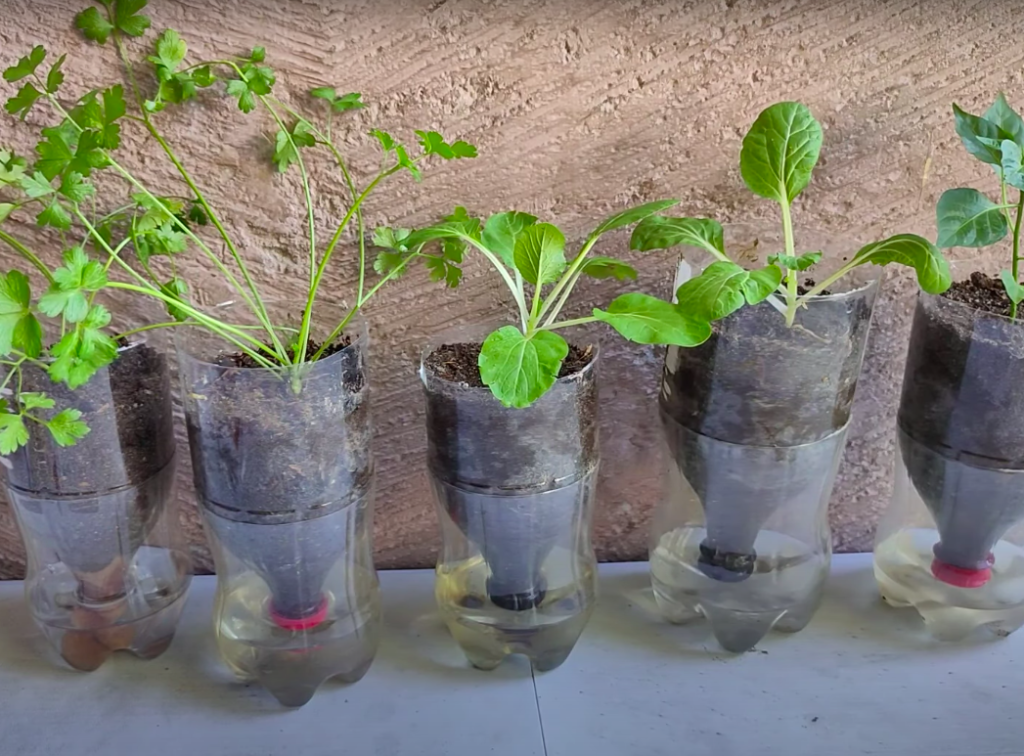
Still from YouTube
Caring for plants has been a much-loved therapy source for so many, this year especially. Although the lure of Instagram-aesthetic ceramic pots is appealing, a more environment and bank account-friendly option is starting your own trash garden! Root your cuttings in that plastic water bottle languishing in your backpack, then when they’re ready to plant, cut the top off and flip it to make a self-watering planter! With some quick folding, old newspaper and junk mail can be turned into perfect little plant pots, and the best part is they break down, so can be planted directly into new soil when your plant outgrows them. The glamour of a good ceramic pot still taunts my Etsy cart, but my trash garden is where I find my heart returning to every time.


